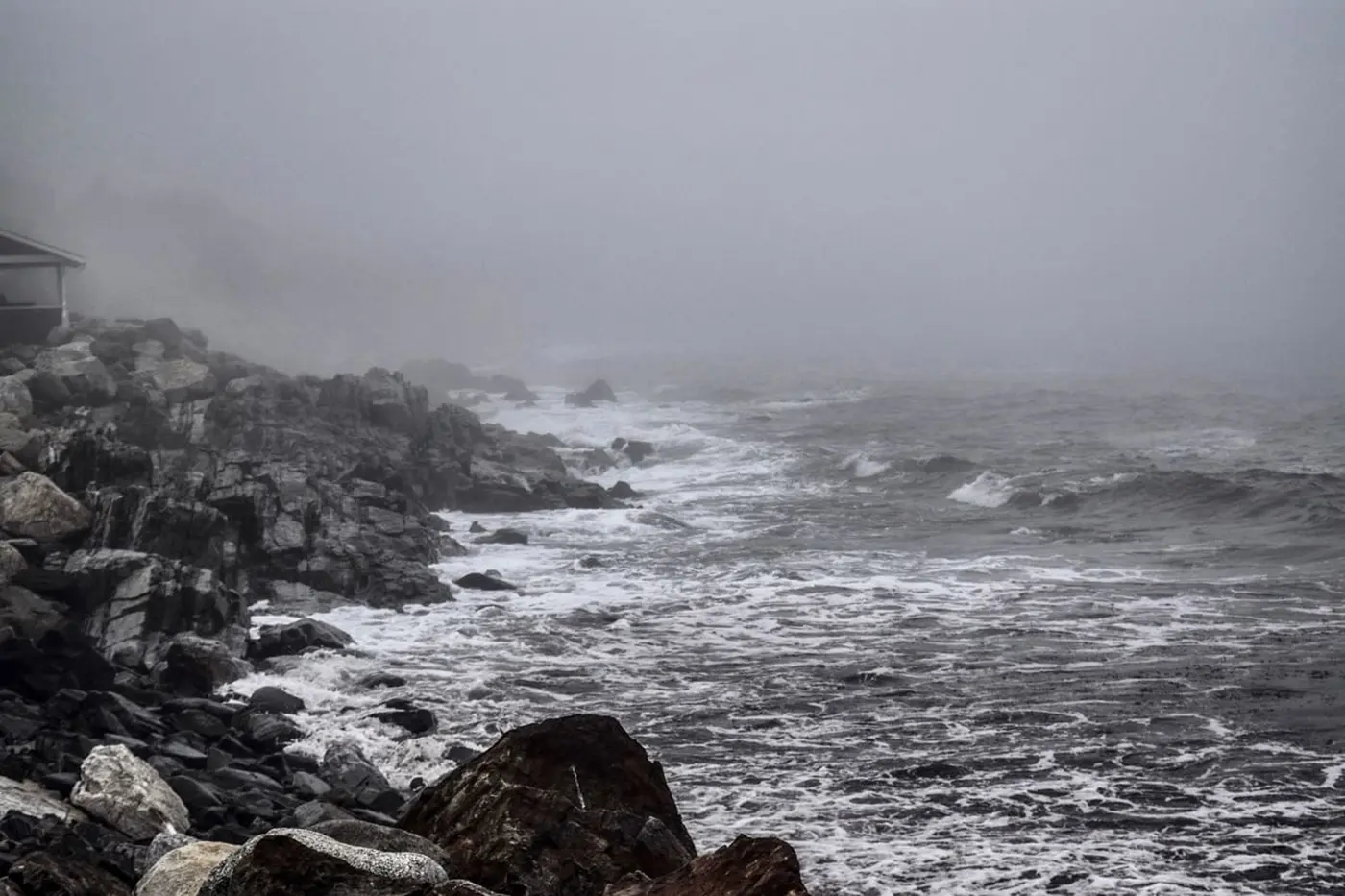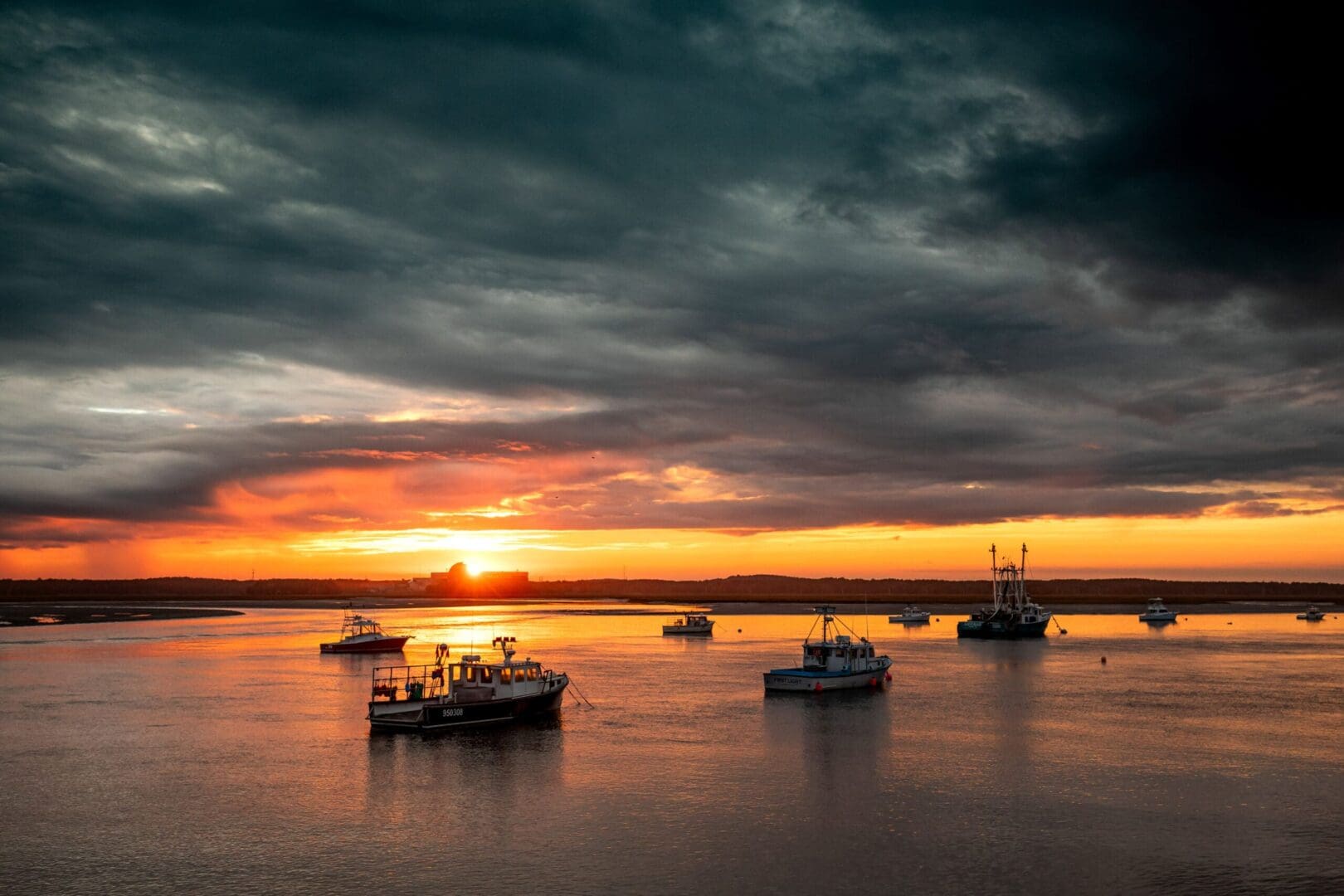Student Research Projects
The University of New Hampshire College of Engineering and Physical Science (CEPS) Innovation Scholars Program offers first-year students hands-on research experience. Students work with faculty, staff, and graduate mentors to develop critical thinking and problem-solving skills, culminating in student-led research in the spring semester.
The Ocean and Environmental Sensing Cohort focuses on programming microprocessors and environmental sensors, soldering, and collecting oceanographic data. From 2020-2022, this cohort specifically investigated “sunny day flooding” in Hampton, New Hampshire.
Research Highlights
2020-2021 Academic Year: Two student groups designed and tested instruments for water and wave data collection:
- Water Quality Sensor: Measured temperature, pH, and salinity of floodwaters to understand their characteristics and potential impact on structures.
- Waverider Buoy: Measured buoy orientation and acceleration to calculate wave height and period, providing insights into wave climate and its contribution to floodwater elevation.
2021-2022 Academic Year: Four project groups expanded on previous work:
Water Pressure and Temperature Instrument: Two groups collaborated to create an instrument to measure floodwater elevation in residential areas. One group designed pressure housings, while the other programmed sensors and constructed circuitry. These instruments will help understand the spatial variability of flooding over time.
Wave Buoy Enhancement: One group upgraded the 2020-2021 wave buoy’s code, housing, and circuitry.
Weather Station Development: A second group built a weather station to measure wind, temperature, pressure, humidity, light, and rainfall, supplementing floodwater data with localized weather insights.
The following presentations are by the students in each group, describing their work:
Microplastics in the Hampton-Seabrook Estuary
Microplastics, defined as plastic particles less than 5mm in size, are an emerging environmental concern due to their pervasive and persistent presence in marine environments. With an estimated 80% of marine plastics originating from land-based sources, estuaries are key locations of study due to their position at the intersection of terrestrial and aquatic environments. Hanna Mogensen, a master’s student at the University of New Hampshire, has focused her research on assessing microplastics in estuarine environments. Through sampling surface waters and beach sand within the Seabrook-Hampton Estuary, Hanna is looking to quantify microplastic presence, abundance, and the factors that influence it within this dynamic estuary.
The following presentation is Hannah Mogensen’s research:


